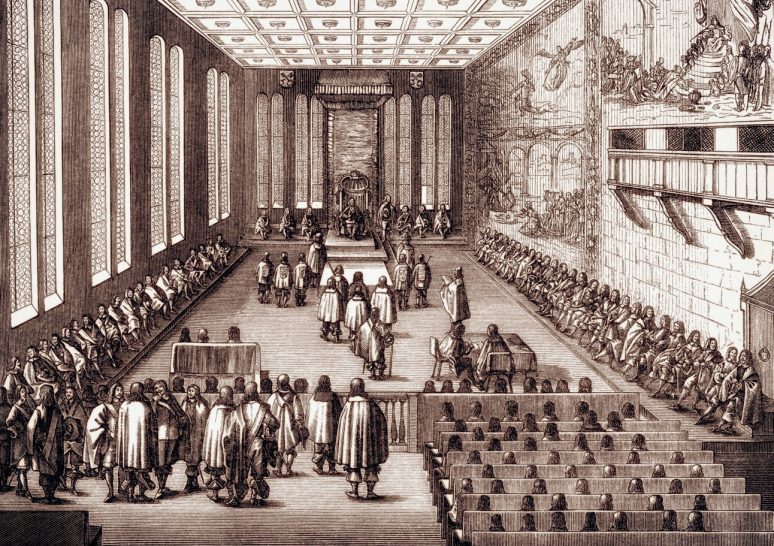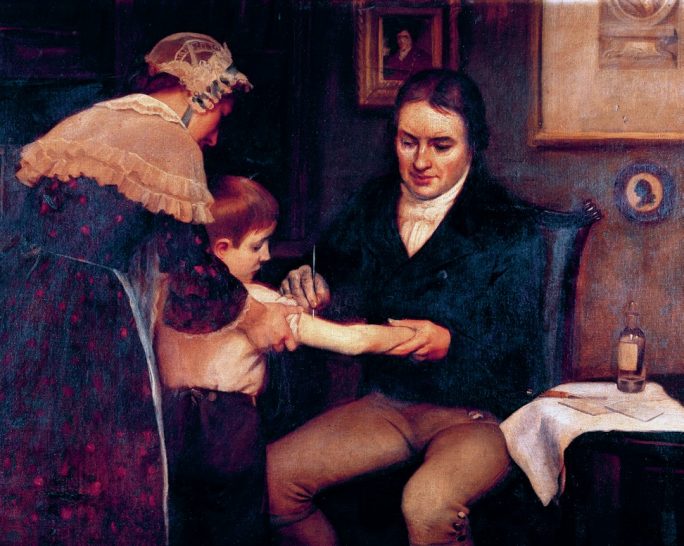
Feel around the back of your head, just above the neck. Is there a big lump? That’s the ‘Organ of Amativeness’. It regulates your sexual desire. How about your forehead. Does it protrude? That’s the ‘Organ of Benevolence’. It makes you a nice person. Sound crazy? It might be. But in the nineteenth century, people all around the world really believed that you could read someone’s character by feeling their head. This was the basis of a science of the mind known as ‘phrenology’, a word coined in 1815 from the Greek ‘phren’ (mind) and ‘logos’ (knowledge).
Phrenologists believed that the mind was located in the brain, a pretty controversial idea at the time. They also believed that the brain was divided into different ‘organs’, each of which controlled a different aspect of someone’s personality. Finally, phrenologists believed that the shape of the skull matched that of the brain. These ideas combined to give us one of the most iconic objects of the Victorian era — the phrenological bust.
Your organisation does not have access to this article.
Sign up today to give your students the edge they need to achieve their best grades with subject expertise
Subscribe




